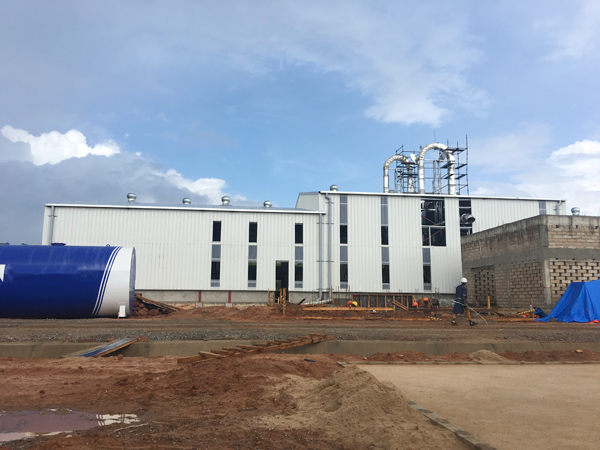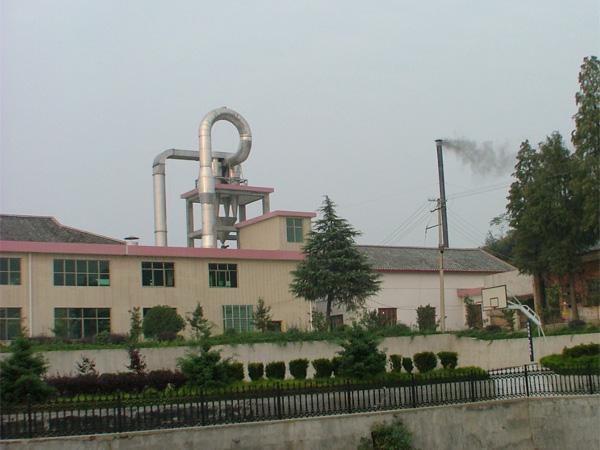How to make tapioca starch in Thailand?
Tapioca starch, a staple in Thai cuisine and a key ingredient in many traditional dishes, is derived from the cassava plant, which thrives in Thailand's tropical climate. The process of making tapioca starch in Thailand is a time-honored tradition that has been passed down through generations. While with the development of technology, modern tapioca starch machinery are widely used to process high quality tapioca starch. Now let's delve into the steps to make standard tapioca starch in Thailand.
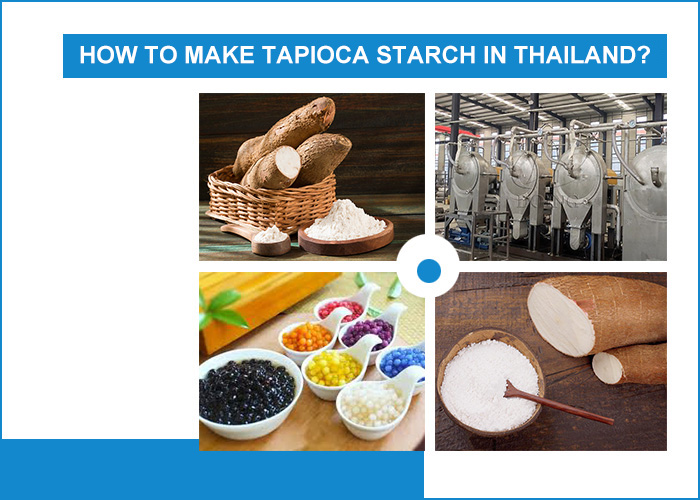 How to make tapioca starch in Thailand?
How to make tapioca starch in Thailand?
In Thailand, the journey of making tapioca starch begins with the careful cleaning and washing of cassava roots. These tuberous roots are meticulously dug up from the earth and then cleanded and washed thoroughly by cassava cleaning machinery (dry sieve and paddle washer) to remove any dirt and debris, setting the stage for the intricate transformation process.
Once cleaned, the cassava roots undergo the meticulous process of grating and grinding. The cassava roots are carefully chopped or grated by a cassava rasper into small and coarse cassava milk, ensuring an optimal surface area for the starch extraction process.
The next crucial step involves in the process of making tapioca starch in Thailand is extracting the starch from the cassava slurry. Traditionally, this is achieved by soaking the chopped cassava in water to facilitate the separation of the starch from the fibrous components. Following the extraction of the starch, the suspension is allowed to settle, enabling the heavier starch particles to gradually sink to the bottom while the lighter fibers float to the top. Once this natural separation process is complete, the excess water is carefully drained off, leaving behind a concentrated wet starch. This is the precipitation. Nowadays, the modern staged hydrocyclone station with European technology is more often used to realize the separation of cassava starch milk and other impurities and can get high quality starch flour efficiently. When the hydrocyclone is rotating at a high speed, under the centrifugal force, the materials with different density will be separated. The impurities like the protein, cell saps and fibers will be screened out, while the pure tapioca starch slurry will pass through the fine mesh and then be collected for the next drying process.
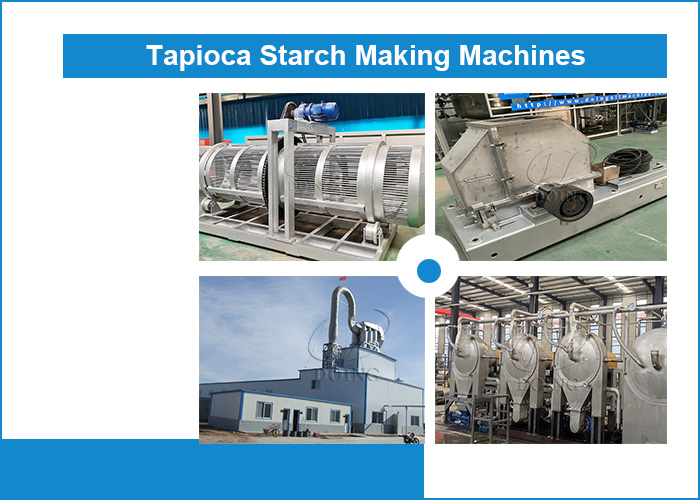 Tapioca starch processing machinery in Thailand
Tapioca starch processing machinery in Thailand
The wet tapioca starch is then subjected to the drying phase, a pivotal stage in the tapioca starch production process. Traditionally, the starch is spread out and left to dry in the radiant Thai sun, harnessing the natural heat and energy of the environment. Alternatively, modern air flow flash dryer may also be employed, especially in larger-scale production facilities. This meticulous drying process ensures the removal of excess moisture, resulting in a fine, powdery tapioca starch ready for use.
Finally, the dried tapioca starch is meticulously packaged, ready to be distributed and utilized in homes, restaurants, and food manufacturing facilities across Thailand and beyond.
All in all, making tapioca starch in Thailand is both a traditional cause and a modern cause. As an important content in traditional and modern dishes, tapioca starch plays a very important role in Thai life and has broad prospects for people want to enter this field. If you want to learn more details about the modern tapioca starch production line, welcome to contact us!
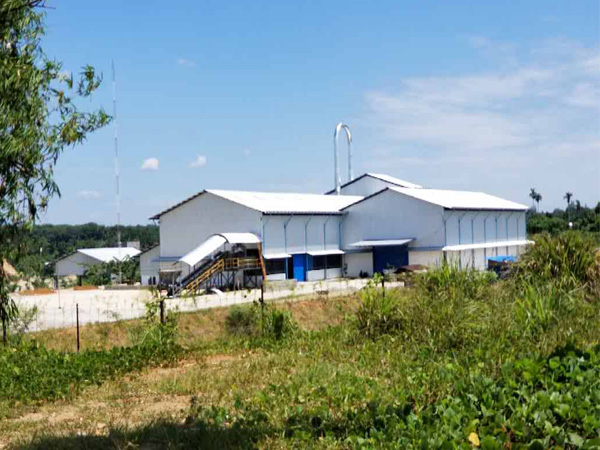
-
 Cel/WhatsApp: +8613526615783
Cel/WhatsApp: +8613526615783
-
 Phone: +86 371 5677 1822
Phone: +86 371 5677 1822
-
 E-mail: market@doingmachinery.com
E-mail: market@doingmachinery.com
-
 Address: Room 1408,14th Floor,Building 9,No.133 Yaozhai Road,Jinshui District,Zhengzhou City,Henan Province,China
Address: Room 1408,14th Floor,Building 9,No.133 Yaozhai Road,Jinshui District,Zhengzhou City,Henan Province,China


